Under the pen of Dr. Pham Thi Kieu Ly and the drawing of artist Ta Huy Long, the work takes readers through more than 4 centuries of language history, where the first words with Vietnamese sounds were formed from the encounter between two Eastern and Western cultures. The book won the B prize of the 7th National Book Award, 2024.
The unique point of the book is the way of telling the story in two parallel lines in “The Chronicles of De Rhodes” and “The Chronicles of the National Language”, creating a harmonious structure between fiction and reality, history and emotion. The work helps readers understand that the national language did not appear suddenly but is the crystallization of a process of exchange, intellectual work and love of language that lasted for hundreds of years.
 |
| Book cover. |
Entering the first part of “The Chronicles of Rhodes”, the book recreates the journey of Father Alexandre de Rhodes to discover Vietnam. Through the first-person narrative, readers follow him from the first days of his arrival in Dang Trong and Dang Ngoai in the 17th century. He was quickly captivated by the vibrant cultural exchange context, both mysterious and familiar: “Before my eyes appeared a fertile land, with four seasons a year like in Europe. Every year there is a flood season that covers the entire land. However, the flood water makes the air cool during hot days and adds alluvium to make this land more fertile”.
Father De Rhodes in the story is not only a serious scholar but also has a deep love for the Vietnamese language and people. He studied Vietnamese, took notes, compared, experimented and gradually created a set of Latin writing symbols for Vietnamese. The dialogues between him and the natives, between him and other priests are built realistically to help readers understand that the process of "creating the national language" is a serious journey built by many people, many generations.
In parallel, in part two - "The Chronicle of the National Language", the author takes readers back in history to explore the journey from when the national language was first used in churches and seminaries until it spread widely in life. Initially, the national language was a powerful tool for evangelization and knowledge transmission, but then with its rapid spread, ease of writing, and ease of remembering, it became the official script of Vietnam after gaining independence in 1945.
The book's appeal lies in the skillful illustrations by artist Ta Huy Long. Each page is a painting that combines traditional painting aesthetics and contemporary graphic language. The artist used minimalist colors with only two main tones: old green and sepia brown, but they are processed with subtle shades of light and dark, creating a nostalgic, profound space. Old green evokes images of tropical jungles and rustic roofs, while sepia brown evokes the feeling of land, sunburnt skin and the dust of time on old book pages.
Artist Ta Huy Long focuses on light, facial expressions and rhythm of movement to tell the story more visually. It is this restraint that makes each frame become condensed and evokes emotions. Through each stroke, readers can feel the heat and humidity of the tropics or the quiet of the nights when Alexandre de Rhodes sat copying under the light of an oil lamp.
Thanks to the smooth combination of academic research and illustration art, “The Journey of Creating the National Language” is not only a simple comic book but also conveys historical lessons and love for the Vietnamese language through images. As the author wishes through the book: “Through the story of the history of the formation of the national language, we hope to convey to readers more love for the Vietnamese language, for our beautiful language”.
Source: https://www.qdnd.vn/van-hoa/sach/truyen-cam-hung-tinh-yeu-tieng-viet-1013593


![[Photo] VinUni students' emotions are sublimated with "Homeland in the Heart: The Concert Film"](/_next/image?url=https%3A%2F%2Fvphoto.vietnam.vn%2Fthumb%2F1200x675%2Fvietnam%2Fresource%2FIMAGE%2F2025%2F11%2F26%2F1764174931822_10-3878-jpg.webp&w=3840&q=75)


![[Photo] Close-up of heavy damage at the school located on the banks of the Ban Thach River](/_next/image?url=https%3A%2F%2Fvphoto.vietnam.vn%2Fthumb%2F1200x675%2Fvietnam%2Fresource%2FIMAGE%2F2025%2F11%2F26%2F1764152130492_ndo_bl_img-8188-8805-jpg.webp&w=3840&q=75)
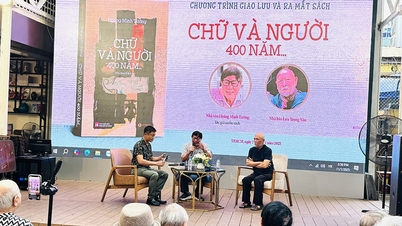

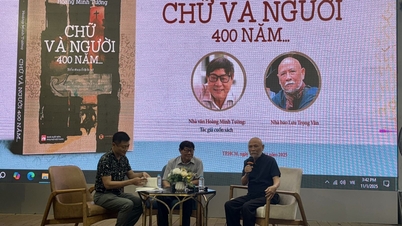











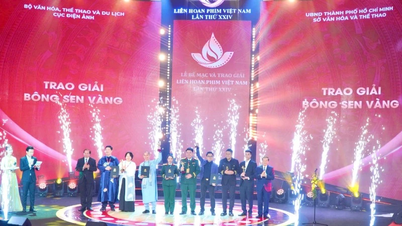





















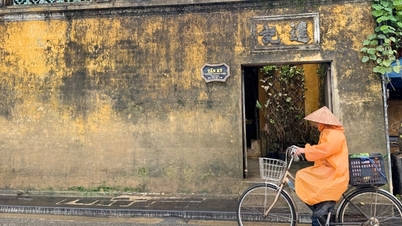


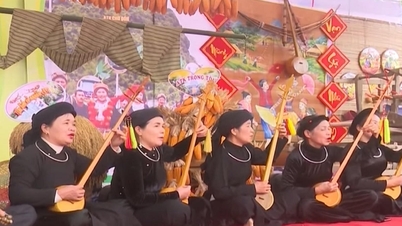

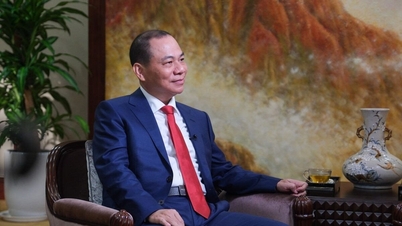





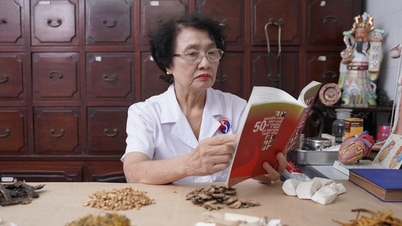

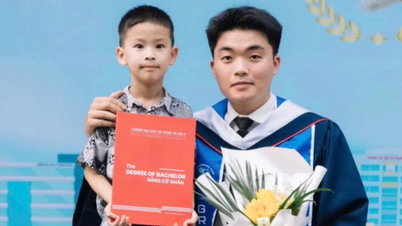

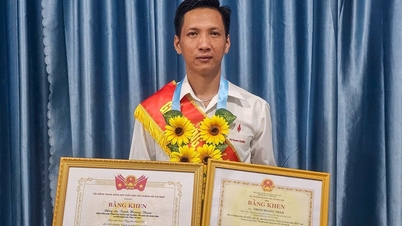







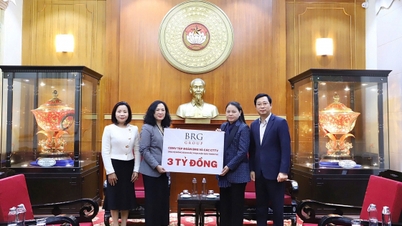








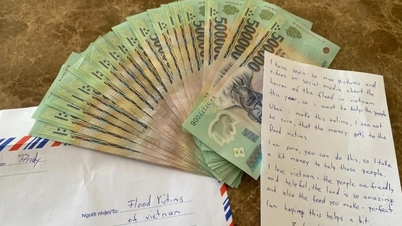









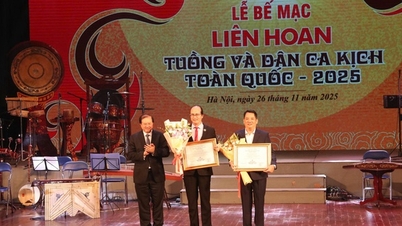




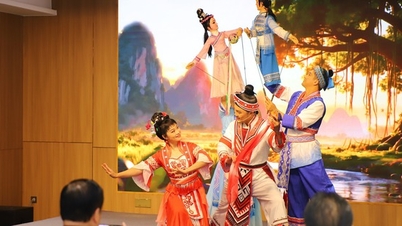

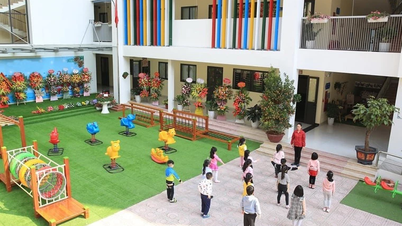























Comment (0)